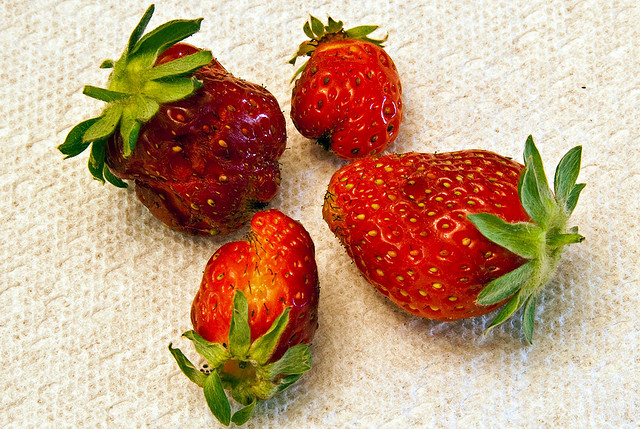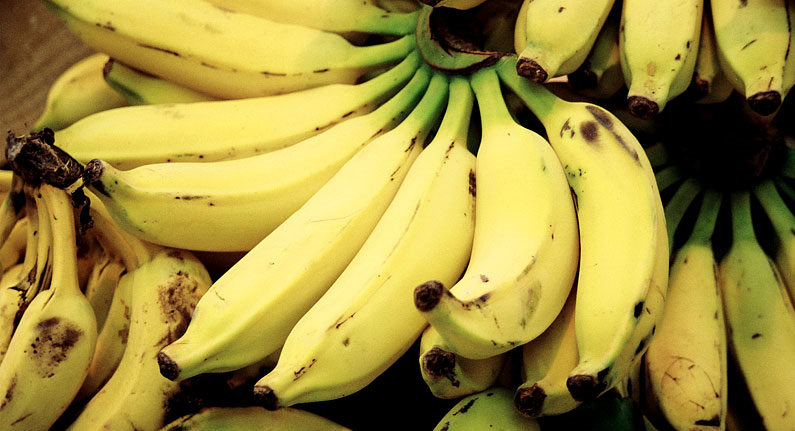I am ashamed to admit that the only thing I remember of Cyclone Larry is that it meant I could no longer afford bananas. Suddenly they were a luxury item at around $14/kilo. I remember the café I worked at having to pay more for a loaf of banana bread than I’ve seen before or since. What I didn’t know at the time was that my definition of banana may differ from that of the major supermarkets. But more on that later.
With all these natural disasters recently, there seems to be one issue (besides donations and tax levies) that the media uses to relate to those of us on the outside looking in: food prices. Articles on the impact of flooding and cyclone Yasi on fruit, vegetable and sugar cane crops in the immediate future and on the price of winter produce in the months to come, not to mention the loss to our coal and tourism industries, abound.
Obviously, fears are always more newsworthy than assurances. Various experts with clashing opinions are consulted, from economists to heads of major corporations to government officials, all asked to comment on or forecast the impact of these disasters on the average Australian household. Statistics are wheeled out, requoted, tweeted and blogged as people attempt to arm themselves with fact as a way of warding off impending doom.
Right now its guesstimate city as to what the outcome will be, but as Queensland accounts for 28% of Australia’s fruit and vegetable production, there is no doubt that there will be an impact. Lettuce, tomatoes, bananas and sugar cane will be affected. According to The Sydney Morning Herald, 60% of Australia’s sweet potato, spring onions, mandarins and zucchini and 80% of Australia’s beetroot comes from flood-affected areas. For these items and more, experts are suggesting substitution (for example, using cabbages instead of lettuce), but warn that the ability to substitute produce will lessen as supplies dwindle and that paying more for fresh produce is inevitable.
Just to make it a tad more complex, experts have pointed out that prices had already increased quite significantly from September to December for reasons wholly unrelated to natural disasters. On top of that, even after that impact of the floods and cyclone passes, prices will continue to climb, as rapid growth of immerging economies increases the demand for food.
For an added level of complexity, Coles and Woolworths have ‘relaxed’ their prohibitive quality standards when it comes to appearance, meaning that so-called ‘ugly’ fruit will be temporarily permitted on their pristine shelves. This practice forces us to question the value of such standards and whether it leads to artificial inflation of prices in major supermarkets. Farmers have long argued that there is actually an oversupply of produce on the market, but the major supermarkets reject it on cosmetic grounds, with farmers often overproducing to get perfect fruit and then selling off the excess at a discounted price. According to Brisbane website foodconnect, each year 100,000 tonnes of bananas are chopped up and spread over banana plantations as fertiliser.
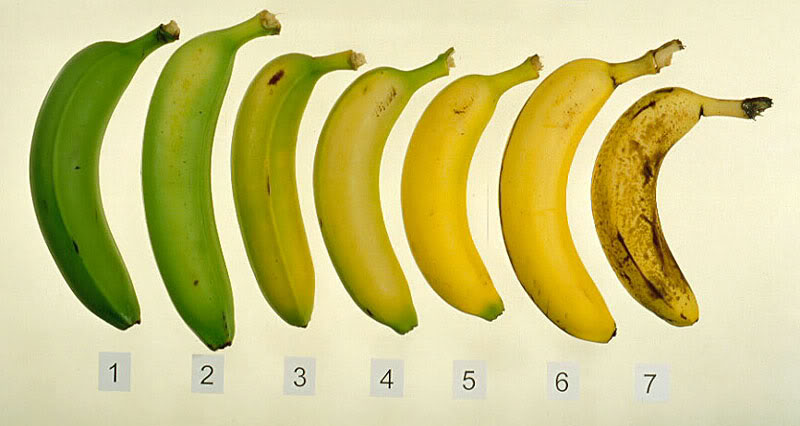
Scale of banana ripeness- not a feature considered in determining banana grading. Image courtesy of ergunter.
If I were a proper food blogger, I’d give you a recipe right now using cheap, non-flood affected produce and wait for all the commenters to compliment me on my ingenuity. Or I’d tell you all to start growing your own lettuce/tomatoes/bananas/sugarcane, lazy so-and-sos. Or I’d extol the virtues of farmers markets, claiming that the Duopoly of Australian Supermarkets is evil and anyone who shops there just as bad. But none of that is for me. What I will suggest is that you read the specs for Woolworths Grade 1 bananas here and have a think about whether or not any of them seem relevant to you. These are the kind of framesorks that determint what we see on our supermarket shelves, and what get used as fertiliser.
About me
 Sharing easy recipes, hunting down the best coffee. Honest accounts, nothing too serious. Read more...
Sharing easy recipes, hunting down the best coffee. Honest accounts, nothing too serious. Read more...Recent Posts
- Aerpress means no more shit #travelcoffee and #workcoffee
- Why I write and four ace bloggers who do it better
- The five best things I ate in London
- Shoreditch is awesome, airports are not
- I quit sugar? Do I bollocks.
- Cubao Street Food, Alexandria
- The Reformatory Caffeine Lab, Surry Hills
- Brewtown Newtown
- Stay caffeinated over Christmas
- Gumption by Coffee Alchemy, Sydney CBD
Popular posts this month…
 Sparkling Long Black posted on May 10, 2011
Sparkling Long Black posted on May 10, 2011  Review – Philips Saeco Intelia posted on January 10, 2012
Review – Philips Saeco Intelia posted on January 10, 2012  Cheat’s Dulce de Leche posted on January 7, 2011
Cheat’s Dulce de Leche posted on January 7, 2011  The quest for Mex part 2 – Feisty Chicken Burritos posted on December 21, 2010
The quest for Mex part 2 – Feisty Chicken Burritos posted on December 21, 2010  Kosher Whole Orange Cake posted on July 5, 2011
Kosher Whole Orange Cake posted on July 5, 2011 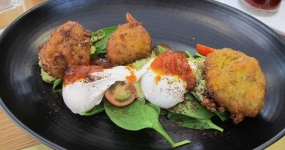 Lau’s Ultimate Corn Fritters and the four fritter truths posted on March 1, 2013
Lau’s Ultimate Corn Fritters and the four fritter truths posted on March 1, 2013 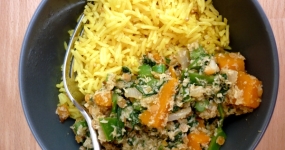 Sri Lankan Spinach with Coconut posted on December 10, 2010
Sri Lankan Spinach with Coconut posted on December 10, 2010  Why I write and four ace bloggers who do it better posted on July 25, 2014
Why I write and four ace bloggers who do it better posted on July 25, 2014
Disclaimer:
All opinions in this blog are mine, an everyday, real-life person. I do not accept payment for reviews and nor do I write sponsored posts. I do not endorse the content of the comments herein.

